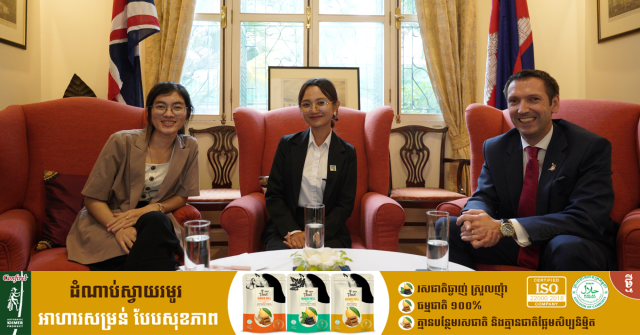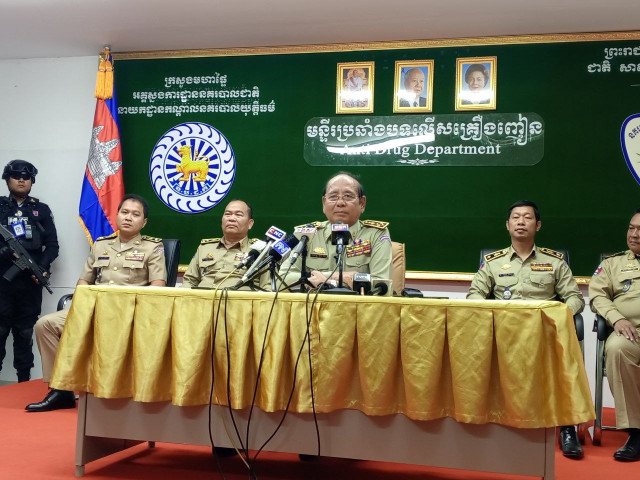Information: Journalists Competing against Influencers, and This Is Not a Good News

- By Cambodianess
- March 24, 2024 10:00 AM
As in the United States and Europe, several elected officials want to ban Tik Tok from their digital space on the charge that the Chinese social network would be gathering information on its users for the benefit of the government in Beijing, it is now obvious that these social media are becoming more and more important every day as major gateways for news content.
The 2023 Digital News Report of the Reuters Institute has highlighted that the video contents distributed through networks such as Tik Tok, Instagram and YouTube are vehicles that are more and more important for news information, especially in some developing countries. In addition, the study shows that young people throughout the world pay more and more attention to influencers and less and less to journalists and traditional news media.
However, for social networks, news is only a way to make money. Each network tries to monopolize the attention of the public to increase its advertising revenues. And for news information, this amounts to the news items being lined up based on their economic performance, and the algorithms increasing or accelerating the distribution of news information likely to draw attention.
Today, opinion pieces, serious information and disinformation end up mixed together and managed by algorithms; there is no longer prioritization or distinction for content. It is a real challenge for journalists because this causes a lot of confusion as to the information being received.
Moreover, the public can influence the content and dissemination of information. In the past, an event would lead to information being produced by professional journalists and which was then being passed on in the public sphere. With social media, this whole system collapses since the public can influence distribution by, for example, sharing information, and even influence production by posting on social media pieces of information that can be picked up by journalists.
And so, journalists now find themselves in “competition” with the influencers on social media. At a time when the credibility of the traditional media in crumbling in the public eye, information professionals must not only maintain the quality and objectivity of their work, but also find innovative ways to involve the public that now favors other sources of information.
It is now absolutely essential that journalists assert their role and responsibility to establish a relationship of trust with people in this new public space. This involves constant reminders of what is information and the difference between information and a message. The difference is fairly simple: One considers that, in order to become genuine information, a message must be checked, independent and the author of the message must be responsible for its production.
It also seems essential for the media not to take part in this acceleration caused by the social media, which exhausts the public and drives people to no longer seek information. It is the duty of journalists to slow down, explain and enable people to take the necessary step back to understand the world surrounding them.
Information is, in essence, progress for human beings as this strengthens our ability to act. At the individual level, this enables us to position ourselves in relation to the world and gives us the tools to take action as people. At the community level, it structures the public space and shapes the agenda.
Journalists sort through the events to highlight what seems important for the community. They therefore open the discussion that afterward enables the public authorities to organize themselves around a certain number of propositions or themes.
Today, as the proliferation of messages makes the transmission of information more difficult, the media must do additional work, after the information has been published, to make that the information reaches the public in this world of over-abundance in which algorithms rule.















